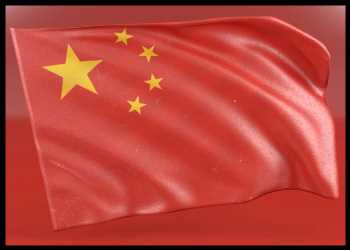China’s property investment dropped further in the first half of the year, reflecting the woes faced by the cash-strapped developers despite signs of recovery seen at the start of the year.
During January to June, property investment decreased 7.9 percent from the previous year, the NBS reported. This was bigger than the 7.2 percent fall in the January to May period.
Commercial property sales by floor space declined 5.3 percent in the first half of 2023.
Property demand continued to remain subdued as home-buyers preferred to keep surplus cash instead of making investment. At the same time, developers have been struggling with the credit crunch since 2020.
Last week, the People’s Bank of China and the National Financial Regulatory Administration extended loan relief for some developers so as to help builders to complete their existing projects and deliver homes to buyers.
Official data released on Monday showed that China’s economy expanded at a slower-than-expected pace in the second quarter, strengthening the call for more stimulus that prop up domestic demand.
Gross domestic product logged an annual growth of 6.3 percent in the second quarter, faster than the 4.5 percent expansion in the first quarter, the National Bureau of Statistics reported Monday. However, this was weaker than the economists’ forecast of 7.3 percent.
Elsewhere, the People’s Bank of China added CNY 103 billion into the banking system through one-year medium term lending facility on Monday.
The central bank kept the rate on MLF unchanged at 2.65 percent, which was last reduced by 10 basis points in June.
“Given the bleak backdrop, it is unsurprising that policymakers are becoming increasingly concerned and have made some effort to shore up the economy,” Capital Economics economist Sheana Yue said.
“But measures so far have fallen short of what is needed to provide a meaningful boost to the economy.”
The lack of cut to the interest rate on rolled-over medium-term lending facility loans suggests there is no urgency by policymakers to provide much additional support, the economist added.
Source: Read Full Article
